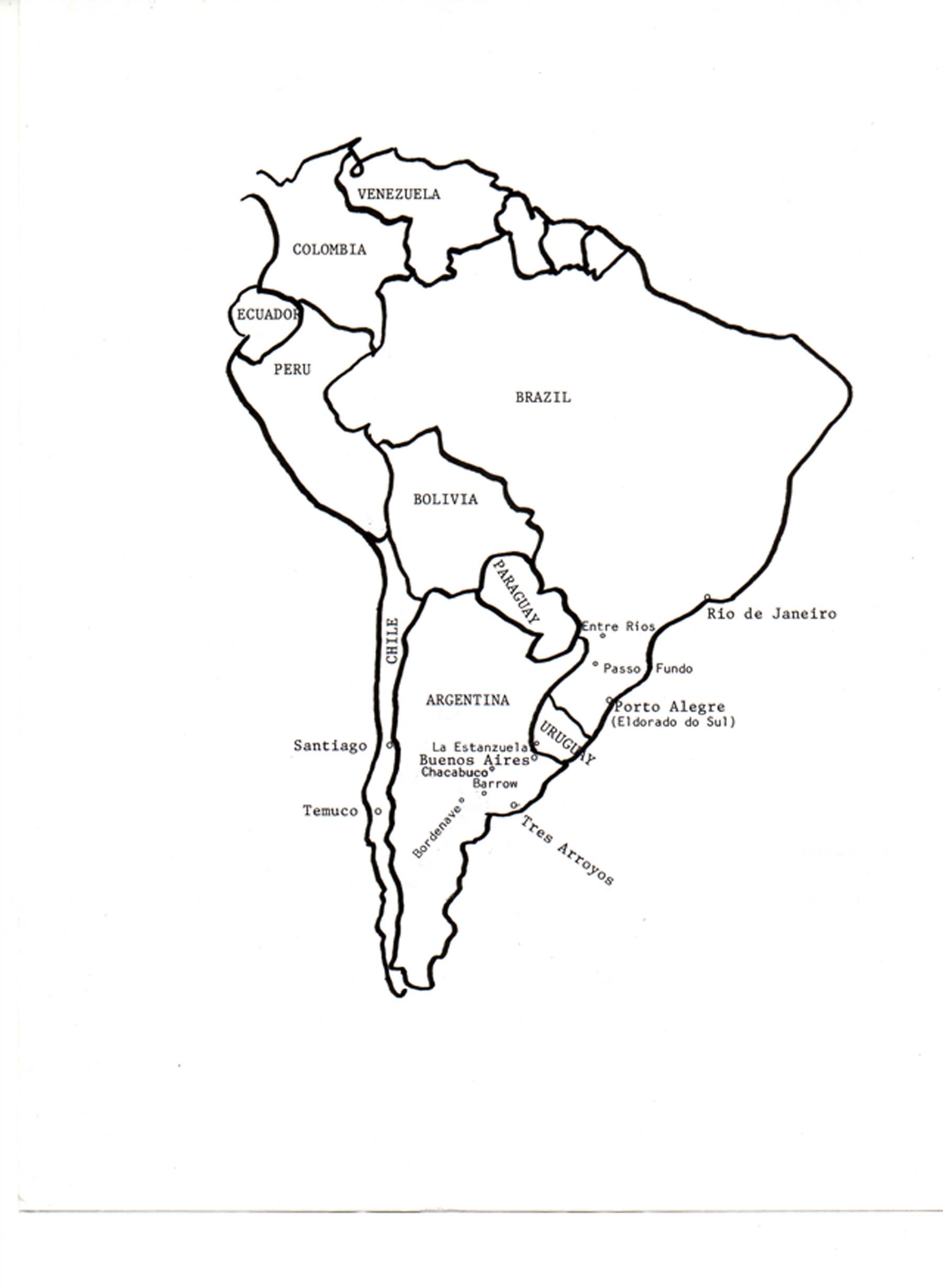
IV. NURSERY REPORTS FOR 1997
A. MASTER ENTRY LIST
Of the 166 noncheck, pure-line entries in the 1997 Quaker
Nursery, 53 were continued from the 1996 Nursery, and 113 new pure line
entries were added, 30 from Louisiana State Univ. through Texas A&M, 3
from Wisconsin and 80 from Minnesota, the latter selected primarily for
rate-reducing crown rust resistance.
One entry position from each 20 pure-line entries was
left vacant so that each collaborator could insert a local check of his/her
own choice at planting. Thus, entries 1, 21, 41, 61, and 81 . . . 161 were
local checks.
In the 1997 Quaker Nursery, the segregating populations were bulk F3 populations:
(a) 1997 entries 176-265: 90 Wisconsin bulk F3 populations
and
(b) 1997 entries 266-300: 35 Texas F3 populations
IV. B. 1997 QUAKER TEAM
1. Participants
Argentina Traveling Team
Romulo Trombetta, Trip coordinator
Ron Barnett
Luiz Federizzi
Xueyi Hu
Deon Stuthman
Other team participants not making the Argentine site visits
Robert Forsberg
Milton McDaniel
Jayme Souza
Sam Weaver
2. Itinerary and Agenda
Nov. 7 a.m., Arrive Sao Paulo Airport
p.m., traveling team (minus Barnett) and Weaver meet with Carlos Seiber
Nov. 8, Federizzi and Stuthman visit plots at Eldorado Rio Grande do Sul, Brazil
Nov. 9, Travel
Nov. 10, Quaker team at plots in La Estanzuela
Nov. 11 - 13 noon, Third South American Oat Workers Conference
Nov. 13, p.m., meeting of cooperators to review proposed integrated research program proposal
Nov. 14, Travel to Tres Arroyos
Nov. 15, Argentina traveling team visit Barrow plots
Nov. 16, Travel
Nov. 17, Argentina traveling team visit Chacabuco plots
Itinerary comment: Because of the South American Conference and because of seed not getting to Brazil in time to plant, site visits were limited in 1997. Data for the 1997 South American nurseries are reported here although in all Brazilian sites, the Nursery was grown in 1998 along with the 1998 Nursery.
IV. C. SITE REPORTS
(with South American Map)
1. Brazil
2. Uruguay
5. Wisconsin

IV. D. CROWN RUST REACTION SUMMARIES
The purpose of these two summary tables is 1) to put all crown rust reactions from each appropriate test site (where crown rust was present) into a single table to enable easier line comparisons, and 2) to highlight those lines which had minimally acceptable levels of crown rust resistance at each of the test sites. The latter group (a subgroup of all 175 lines) represents the best candidates for more durable crown rust reactions. For now, we are forced to use geography to substitute for time as we attempt to identify more durable (longer lasting) resistance.